Table of Contents
If you are looking to beat the crowds and experience a uniquely American destination, make sure to add West Virginia to your bucket list. West Virginia’s Meadow is wild and wonderful, describing a visit to this East Coast State. It might not be the most popular tourist destination in the United States, but it is an ideal place to check out if you like off-the-beaten-path destinations with a distinct culture and unique vibe. So now, let us dive into the top 10 attractions to visit in West Virginia.
Attractions in West Virginia
1. Heritage Farm Museum & Village
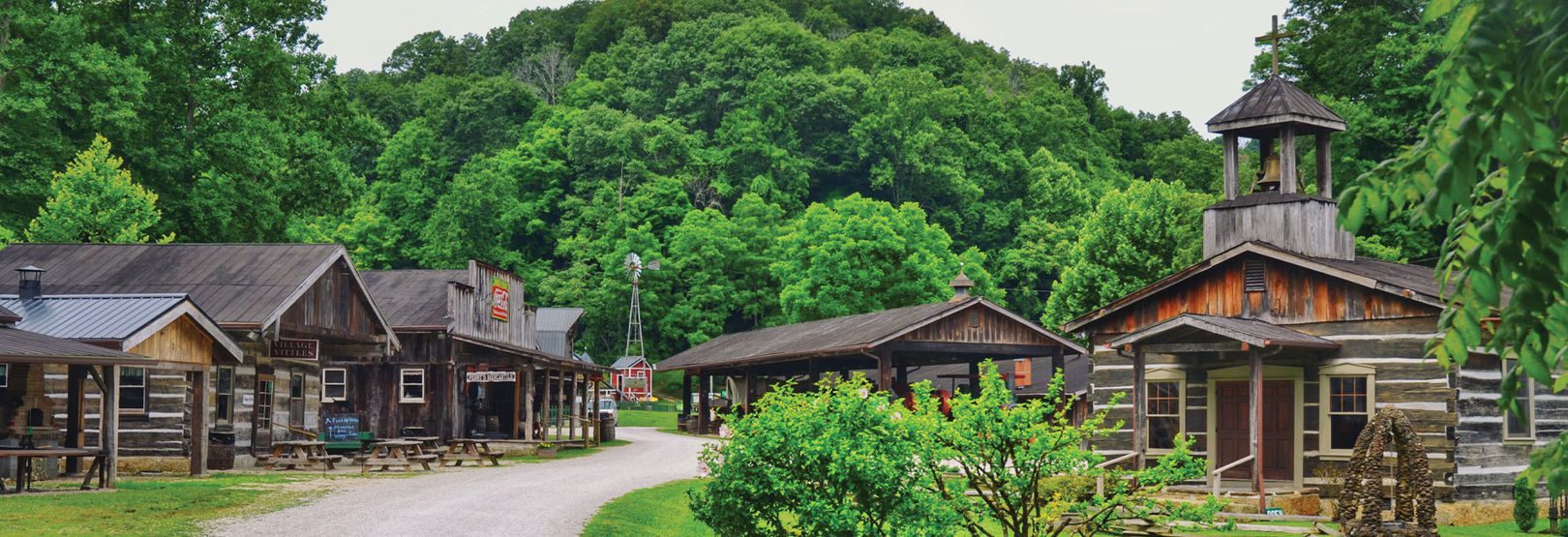
Heritage Farm Museum & Village
The founders of this museum found themselves wanting to share their timeless treasure with others. Not interested in displaying the memorabilia in traditional museum fashion, they arranged the items to show progress and development over time. It was unlike any other museum in the region when it was first opened. Years went into building up the cabins and the farm itself to represent a past that you can not only relate to but apply to your daily lives as well. Dozens of volunteers and staff maintain the farm regularly. Visitors leave with a sense of pride, knowing how difficult it was for their ancestors to survive and sustain a family without the luxury of modern technology. Going through the museum and seeing how much things have changed gives you an appreciation of how much they will change even more in the future.
The Heritage Farm Museum & Village has activities and exhibits that appeal to all ages. The Heritage Farm has always celebrated a strong cultural history, but it has also added nature into the mix. The nature center at this facility is filled with species you might not have seen before. These include unique species of reptiles, amphibians, and fish that are all native to West Virginia. The Treehouse Trek also gives you another adventure with six different bridges, but it depends on what kind you want to trek on. Do you wish to skitter like a Squirrel? Do you want to climb like a Black Bear? Do you want to tunnel like a Groundhog? or Do you want to bridge like a Human? They have got it all for you. While visitors are up there, they can also be on eye level with birds, squirrels, and other animals of Appalachia. Each tree platform up on the trek helps people to assist and interpret what they see around themselves. They also have guides all along the way who keep you informed.
This museum and village demonstrate what it meant to live in Appalachia. It is a crucial part of their heritage: self-sufficiency and independence. The farm holds many special events throughout the year where volunteers act as living demonstrations of trade work from the early times. Blacksmithing, Spinning, Weaving, and Quilting. These are representations of what is shown all day long at these events. Visitors get to learn how neighborly cooperation was a necessity at that time. These activities will give you the simple comfort of making something independently and demonstrate how complex life was.
2. Exhibition Coal Mine
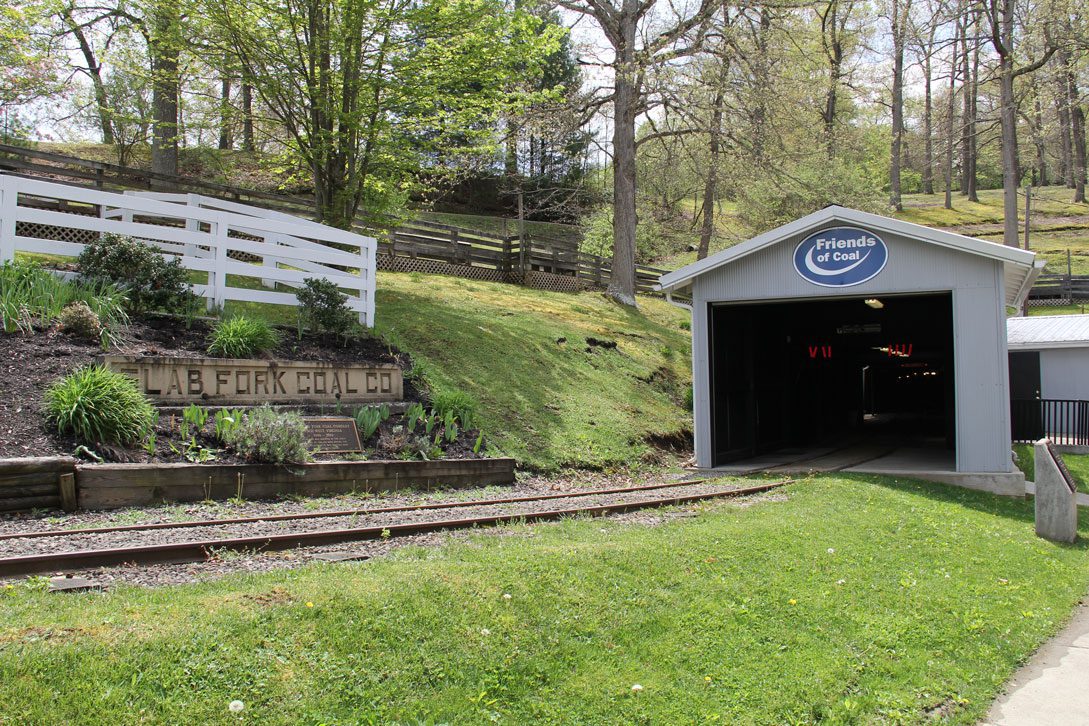
Exhibition Coal Mine
At the turn of the 20th century in West Virginia, coal miners were essentially on their own. It was lonely work in a dark, harsh environment. You can get to see a glimpse of the life of a miner at West Virginia’s Exhibition Coal Mine. This was a family mine open from 1890 to 1910. The 50,000 people who visit the mine every year get the chance to spend about half an hour, 1500 feet inside a mountain. This guided tour teaches you the importance of the coal extracted from West Virginia and the other Appalachian States. The message here is that coal miners deserve a lot of credit for what they contributed to the growth of our society and nation.
This ride is to show people how hard the coal miners had to work. It was really on the backs of these coal miners that the economic development of the United States took place. All underground tours are led by retired West Virginia coal miners. That provides a connection for those taking the tour. This attraction is more than just a 30-minute underground ride. They have also created a coal camp. There are representations of miners’ homes, churches, and one-room schools of the period. This entire experience gives people an understanding of America’s past and piques their interest in this industry nowadays.
3. The Bunker At The Greenbrier
“Hidden In Plain Sight”. That was the Cold War mantra that enabled us to build and maintain, for years, a secret nuclear bunker nestled deep inside a mountain at The Greenbrier Resort in Southern West Virginia. A 25 tons steel door is swing shut at the entrance of the bunker. In the event of a nuclear attack on Washington DC, some 400 kilometers away, members of Congress would be locked safely inside with enough generator power, food, water, and beds to last weeks. This bunker captures a moment in time, a moment that was filled with a lot of fear.
While schoolchildren practiced duck-and-cover, then-President Dwight Eisenhower cut a deal to build the bunker nicknamed Project Greek Island beneath one of the plushest resorts in the country. Congressional members and limited staff would find themselves racing down a tunnel in the event of a nuclear assault. The lawmakers would then have been prepared to stay in this bunker for who knows how long.
The cots, the mattresses, the hospital, the intensive care unit remain just the same as they did in the early 1960s. The Greenbrier kept prying eyes away by placing high-voltage signs on massive doors that served as the entrance to the bunker. Former President Eisenhower’s goal was to keep the legislative branch of the U.S. democracy up and running. This bunker remained a closely guarded secret. Only the Speaker of the House of Representatives and the Senate Majority Leader knew about the Project Greek Island. That is, until the end of the Cold War. In 1992, The Washington Post revealed the existence of the site. Once the cover was blown, the government decommissioned the bunker, and today tourists pay to visit. Every nook and cranny of this bunker is filled with history, but the most impressive part of it all is just the story itself.
4. West Virginia Botanic Garden

West Virginia Botanic Garden
The West Virginia Botanic Garden is just shortly out of Morgantown. It is an 82-acre park that includes a lot of native plants from Appalachia. The Botanic Garden Organization was founded in the 1980s, but the site here wasn’t formed until 1999. It sits on a reclaimed reservoir that is used to feed water to the city of Morgantown. From 1912 to 1969, Morgantown’s water came from this same reservoir. Since then, it has been drained, and now the land has been reclaimed. There are a variety of different gardens here that you can explore. There are cultivated gardens and forest gardens, wetlands, and a variety of more native habitats.
The Wetland Garden doesn’t have any planted flowers that you would imagine in a botanic garden. All plants here are purely native. They help keep the wetland habitat healthy and support various wildlife, birds, insects, and amphibians. There is also a deer exclosure in West Virginia Botanic Garden. It allows the plants there to grow and flourish without the deer interfering with them. Almost all trees in this area are the second secession. They grew up after the old trees were removed. In the 19th and 20th centuries, most of the old-growth forests were removed in this region. Now that the Botanic Garden Organization has allowed these trees to grow, they have again formed a dense population all around the facility. If you are intrigued by nature and love flowers or plants, make sure to give this place a visit whenever you are in West Virginia.
5. Cass Scenic Railroad
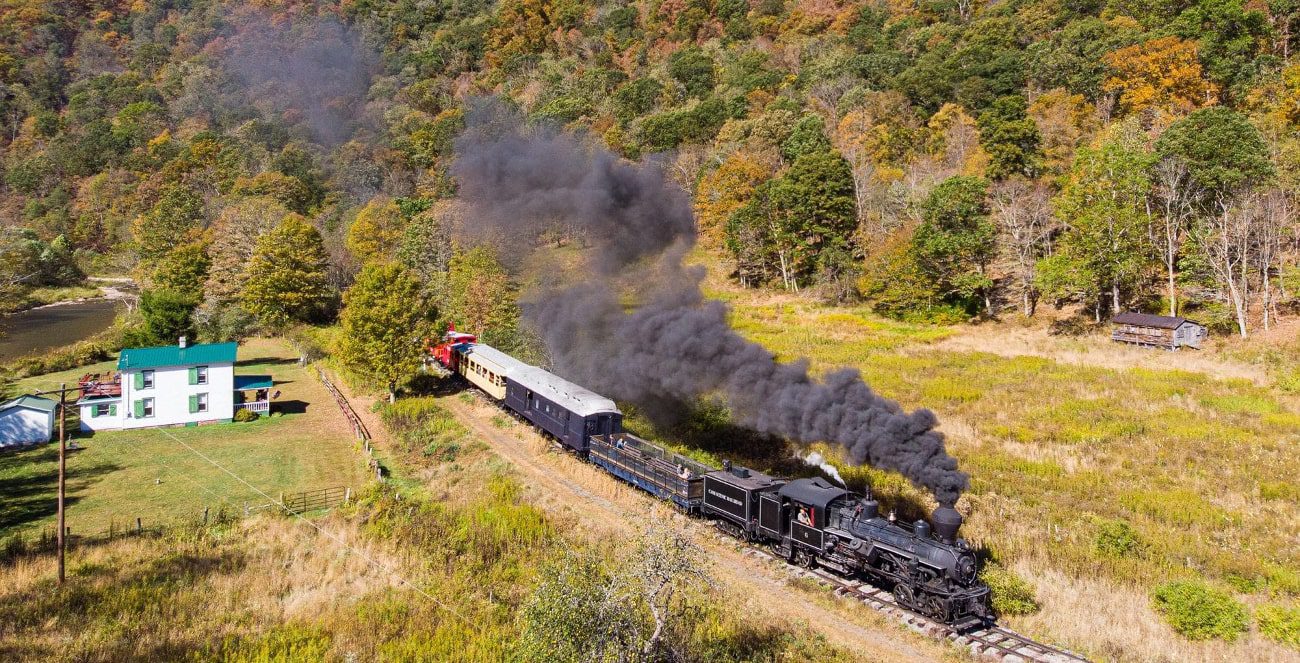
Cass Scenic Railroad
Hauling logs down the steep slopes of the West Virginia mountains in the past, the Cass Scenic Railway boasts the most significant number of Shay Logging Locomotives in the world. Today, those engines carry passengers and tourists to an elevation of nearly 5,000 feet to the highest railroad point East of the Mississippi River.
The town of Cass is located about 200 miles west of Washington, D.C., deep in the Appalachian spine of West Virginia. Cass has a fascinating history, mainly because it began as a company town in the early 1900s. The community had only one purpose; harvesting, preparing and shipping Appalachian Hardwood and wood products for a growing nation. Special steam engines were needed to haul the massive loads of logs on the steep slopes of these mountains. A Michigan lumberman named Ephraim Shay had the answer; a new kind of steam engine that would revolutionize mountain logging. Even today, the Shay locomotive is a twirling wonder with intricate gears providing power and stability.
Today, Cass has the most extensive roster of operating Shay locomotives anywhere in the world. It is a true marvel that these fascinating machines are still working today. In 1962, some local businessmen persuaded the state of West Virginia to go into the tourist railroad business, following the mill’s sudden closure two years earlier.
The railroad offers several unique trips, which allow visitors to experience what railroading was like on this line back in the early 1900s. One of their most popular excursions and a bit shorter in length is the Whitaker Trip. It takes you up to an old meadow with logging displays, a pavilion, and other activities. This camp of the 1940s shows both the living quarters and the equipment used by the loggers of that time. Another flagship excursion is the Bald Knob Trip. In this, you climb over 4800 feet, traversing through some of the most breathtaking scenery West Virginia offers. Again, there is a sense of tranquility and peace for those that get to take in these views atop this mountain. It is truly an uplifting experience, both literally and figuratively.
6. National Radio Astronomy Observatory
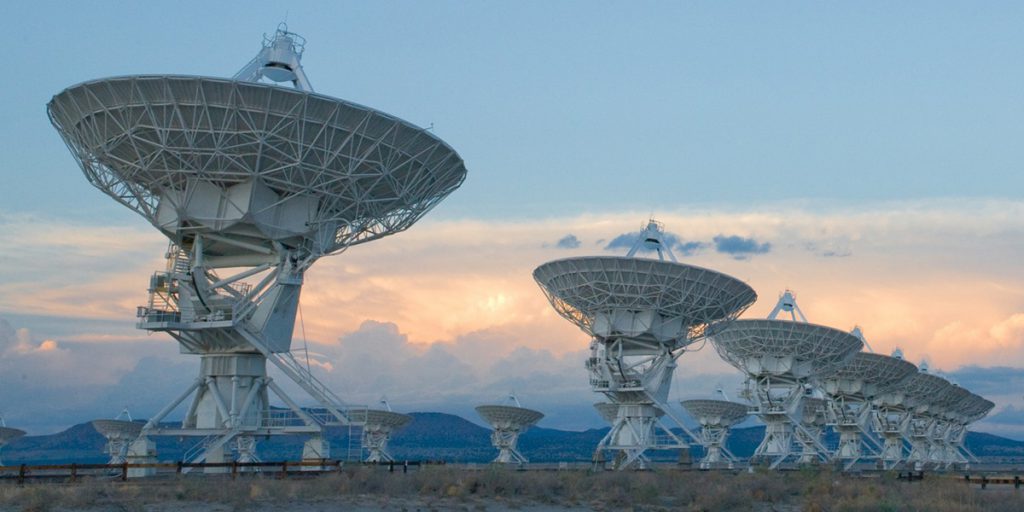
National Radio Astronomy Observatory
The mission of the National Radio Astronomy Observatory (NRAO) is to enable forefront research in the universe at radio wavelengths. They do that in several ways. Firstly, by proving state-of-the-art telescopes, instrumentation, and expertise in radio astronomy. Secondly, by training scientists and engineers. And thirdly, by promoting astronomy to foster a scientifically literate society.
The NRAO was founded in 1956 in Green Bank, West Virginia, by the National Science Foundation. It has always been at the forefront of enabling science at radio wavelengths. They do this with a combination of scientists who enable the radio astronomy community and engineers who create the instrumentation for next-generation radio telescopes. It is an open facility and can be used or visited by anyone interested in astronomy or radio telescopes. They also offer guided tours, formal educational programs, and seminars for the public.
7. Grand Vue Park
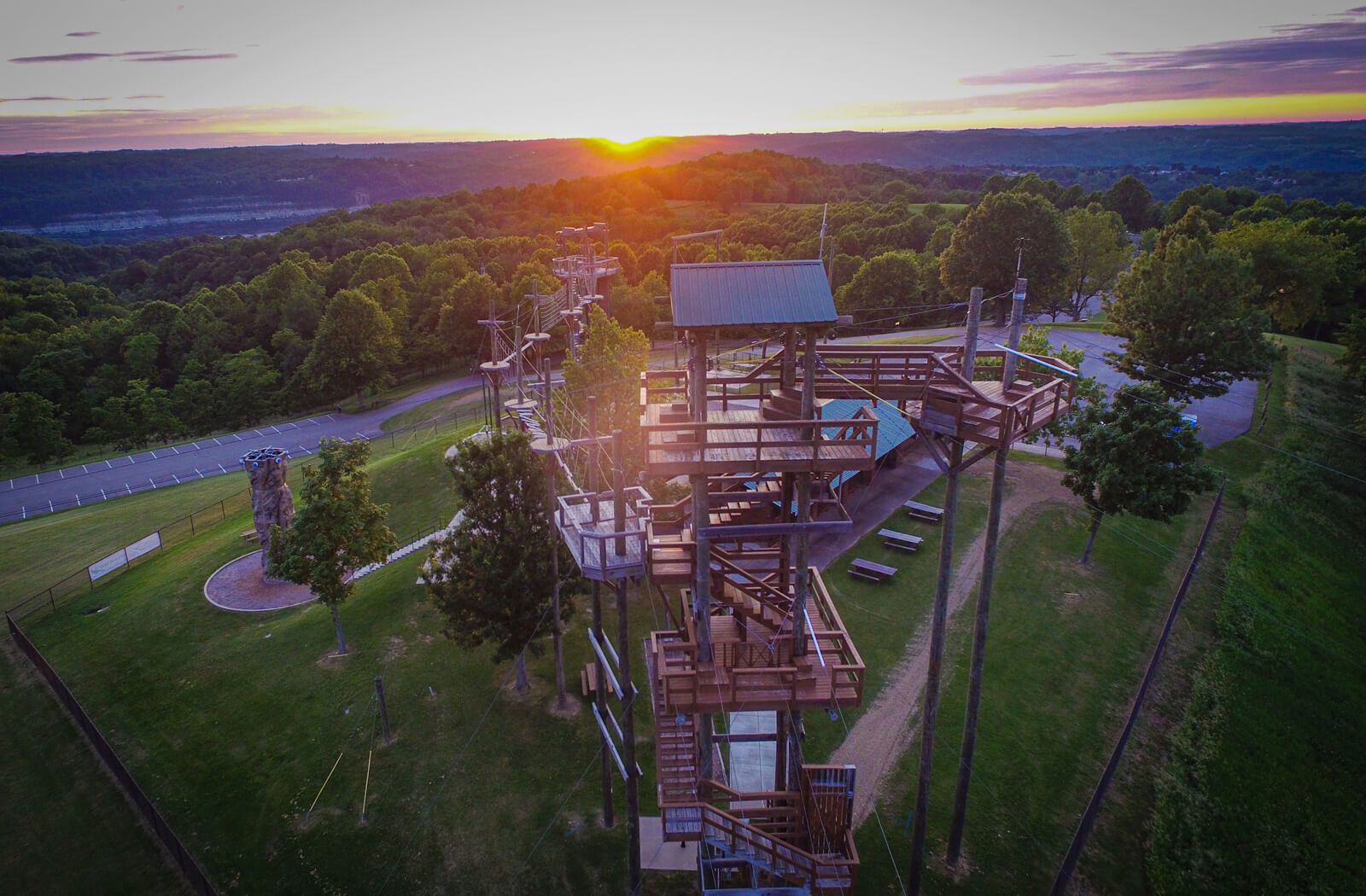
Grand Vue Park
Only an 80-minute drive away from Pittsburgh, this 650-acre park offers year-round activities and state-of-the-art accommodations for all ages. Grand Vue Park features activities for all levels of adventures, from thrill-seeking zip lines to relaxing cabins. With the zip line canopy tour, you can take it high, featuring eight dual zip lines and three suspension bridges. On this, you slide through the trees and experience a breathtaking view of downtown Moundsville.
You can also grow your office dynamics with their team-building challenge course. You will gain trust, improve your communication, and develop teamwork capabilities. The park also offers excellent outdoor activities with a hike through the 16-mile long naturalized hiking and biking trail. Grand Vue Park hosts West Virginia’s longest and highest-rated disc golf course as well. The visitors can cool down afterward in their Recreational Pool or Splashground. They have modern furnished cabins for you to spend your weekends in. Flat Screen T.V.s, Wi-Fi, Fireplaces, you name it, and they have it there. When you are at the park, do not miss experiencing the thrill of paintball action with three different fun and challenging courses.
8. West Virginia State Museum
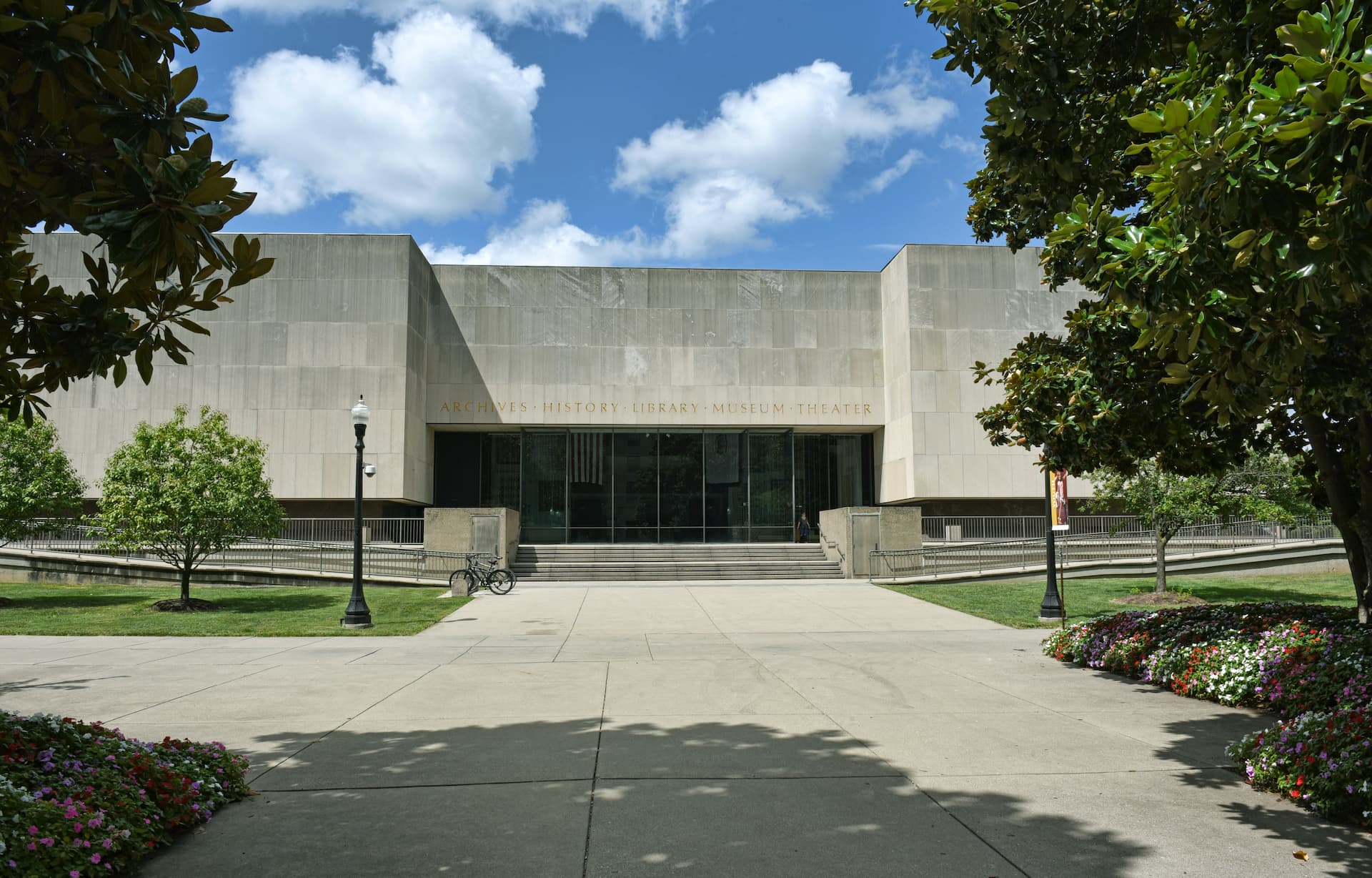
West Virginia State Museum
The Cultural Center opened in 1976 is home to the West Virginia State Museum. Exhibits and programs in the museum showcase West Virginia’s heritage, culture, and people throughout the year. Officially opened in 1894, the West Virginia State Museum has always been located in or by the State Capitol.
In 2009, the Division of Culture and History opened the museum that you visit today. This is an innovative, state-of-the-art museum where they use up-to-date technology to care for and showcase a collection of more than 60,000 artifacts. Many of these items are donated by individuals who want to see historical and collectible items preserved and presented for others to see. Visitors from around the world marvel at the quality of this unique museum. It immerses you in its environment as you travel through time from prehistoric to contemporary, seeing West Virginia’s natural, cultural, and industrial heritage.
9. Snowshoe Mountain
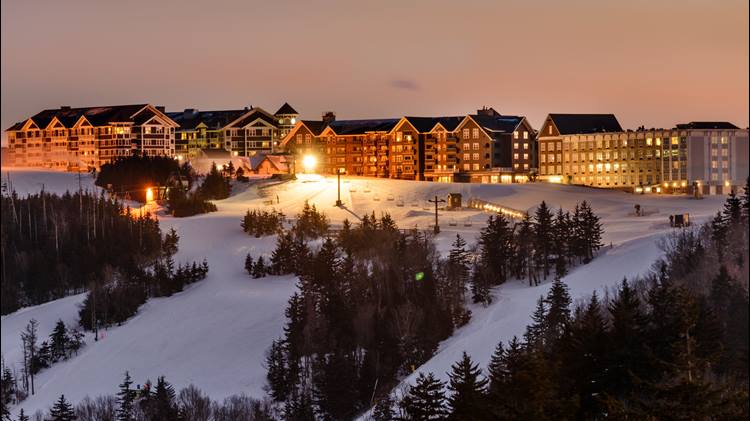
Snowshow Mountain
There is no easy way in and no easy way out, but it is all worth it once you are there. What makes Snowshoe Mountain different from most other places in this part of the United States is the elevation. Its summit elevation is almost a mile in the sky. Along with this, it hosts a winter season that is rare in this region.
This ski resort has what it takes to be considered one of the top ski resorts worldwide. Apart from mesmerizing beauty, it offers the perfect combination of adventure, exquisite dining, relaxation, accommodation, and more. Other than skiing, you can also go on snowmobile rides, which is such a captivating experience that you probably won’t forget it for the rest of your life. This action-packed town has everything you need for the perfect family weekend away from the monotonous routine of your daily lives.
10. Prickett’s Fort State Park
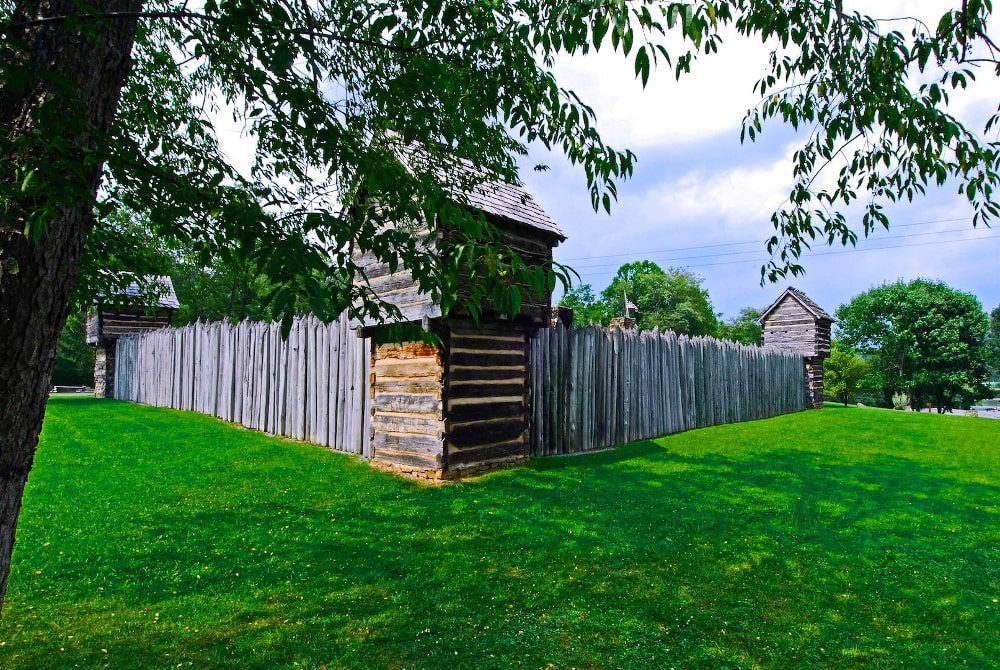
Prickett’s Fort State Park
Prickett’s Fort State Park is a beautiful historical resource to the state of West Virginia. It shows how life was like for English settlers on the West Virginian frontier in the 1700s and provides fantastic and ample opportunities for fun-filled outdoor family recreation and even cultural entertainment. A lovely spot for a fun-filled family vacation or a day out together, Prickett’s Fort State Park comprises 188 acres of land. Just North of Fairmont, where Prickett’s Creek and the Monongahela river converge, the central focal point of the park is a reconstructed fort.
It was built around 1774 to defend the new British settlers from raids by local Native American tribes. It was able to house up to 80 families, which comprised several hundred people. There is so much more to the park than the fort itself. One can enjoy picnic areas, nature trails, a boat lunch, and even a 400-seat outdoor amphitheater at this park. The amphitheater is used by the Drama Department at Fairmont State University to produce musicals and dramatic plays in the summers. Keep in mind that this is a day-use park. The gift shop, orientation area, and administrative office at the park are open each day from 10:00 AM to 4:00 PM. Make sure to plan your trips accordingly.
11. New River Gorge Bridge
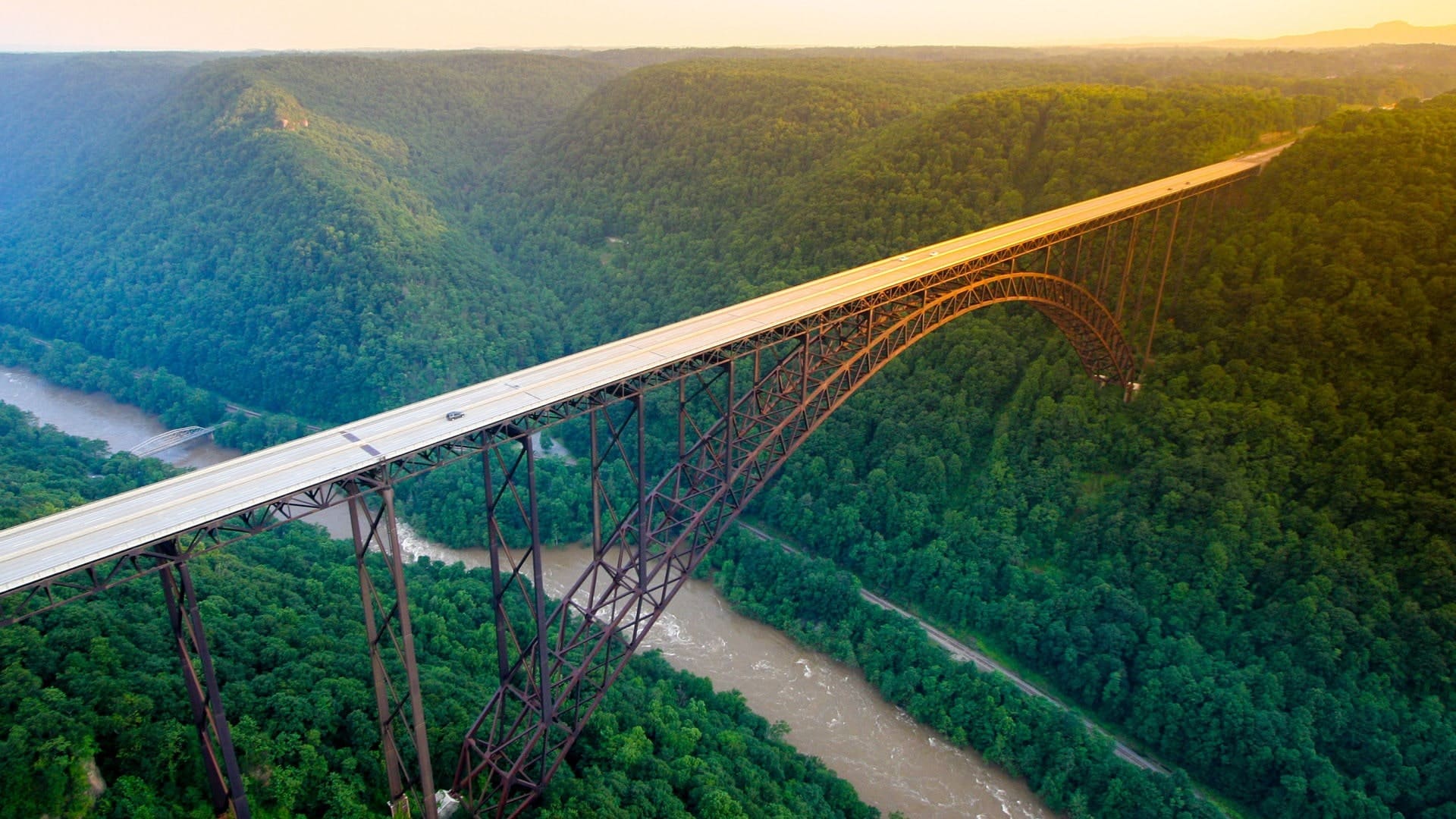
New River Gorge Bridge
This is such a great spot to take in the stunning views that West Virginia has to offer. Right in the center of the state is the New River Gorge. It is considered to be one of the oldest rivers in the national park system. Here, you can hike, you can raft, you can fish, and you can take a bridge walk more than 800 feet above the river. It has also become an international mountain biking destination. On the third Saturday of October, the Fayette County Chamber of Commerce hosts Bridge Day on the New River Gorge Bridge. On this occasion, you can go on to enjoy great food, music, rappelling, ascending, BASE jumping, and bungee jumping.
The New River Gorge Bridge is an arched bridge entirely built out of steel. With a 1,700-foot long arch, it was the world’s longest single-span arch bridge for 26 years. The construction of this project began in 1974, and the bridge was opened to the public in 1977. At the northern end of the bridge, the Park Service operates a visitor center. It has scenic overlooks and a staircase that descend part of the way into the gorge. The catwalk that runs underneath the bridge was built initially for inspections, but it has been opened for guided tours and bridge walk. On his platform, as the clouds take over the surroundings, one feels that they have ascended to the heavens. It is a mesmerizing and captivating experience.
Conclusion
If you have ever wondered what there is to do in West Virginia, then this list should have covered at least your first trip to the state. West Virginia has just over 1.7 million people and is known as the mountain state. When you think of West Virginia, the picture that comes to your mind is scenic mountain ranges and outdoor recreational areas. However, there is much more than that to see and do here. We hope that this list of top 10 attractions in West Virginia will help make up your mind to visit this great state for a vacation or two.